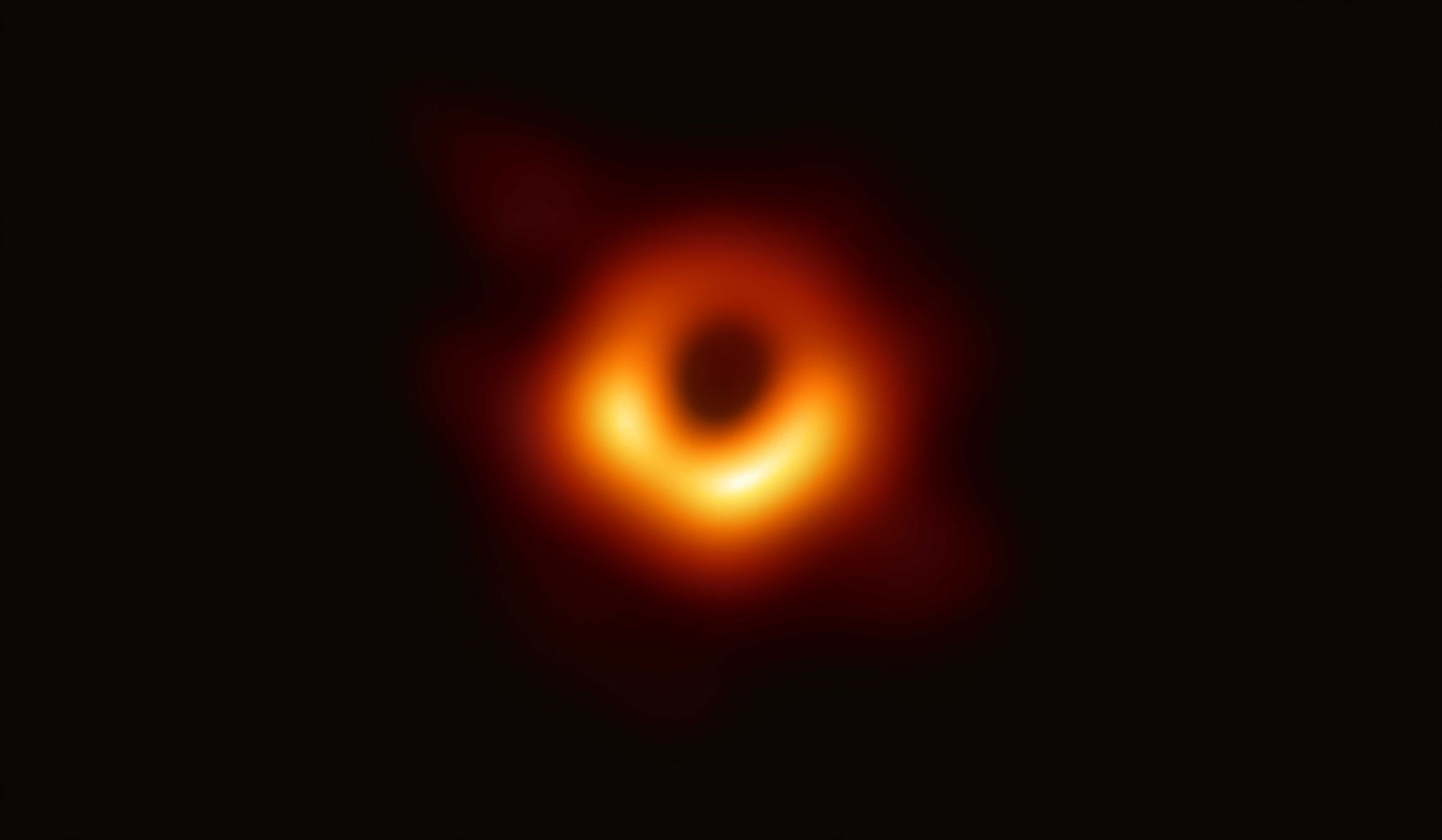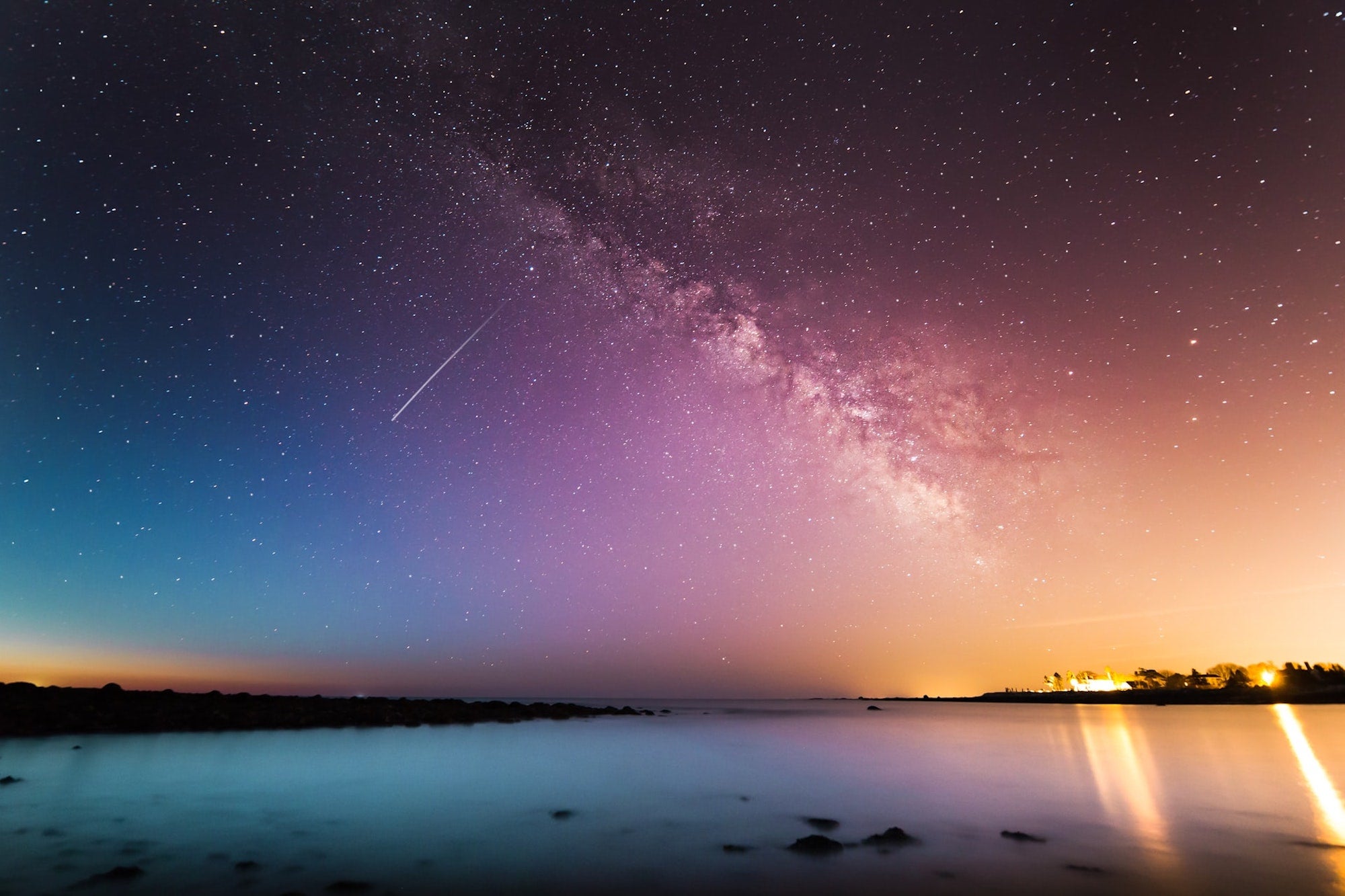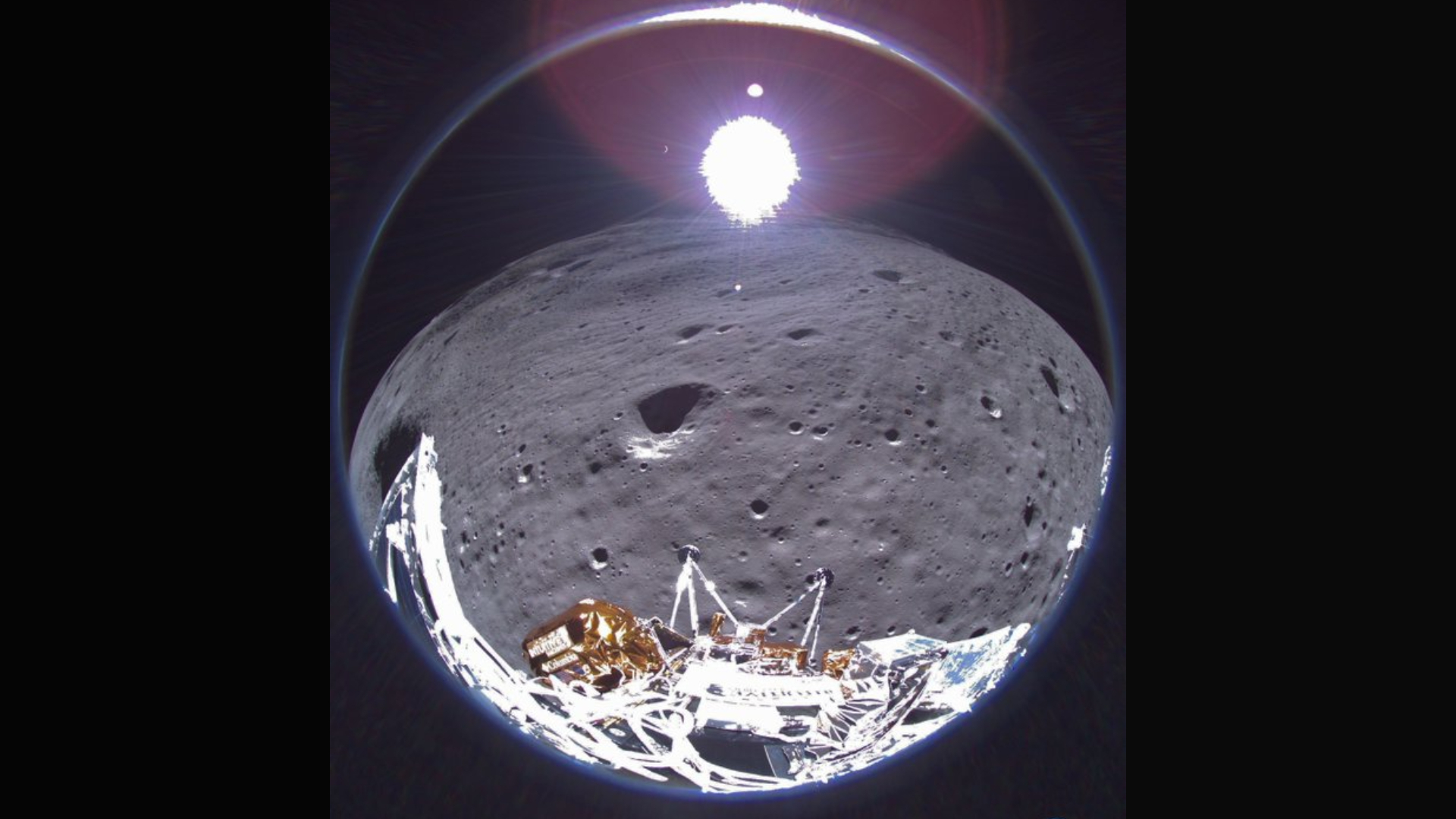Published January 11, 2024
In September 2022 astronomers with mouths agape observed a sudden flash of incredibly bright blue light as it was captured by a telescope in Southern California. The event was roughly 10 billion times more powerful than the sun, erupting in a galaxy one billion light-years away
After pointing many different telescopes at the area to monitor the blast, researchers realized the event looked similar to other recent outbursts, known as luminous fast blue optical transients (LFBOTs). Three months after the new LFBOT faded, researchers looked back to the same position in the night sky for a series of five, three-minute exposures. Across the images, they noticed another incredibly swift, luminous glare.
“We were staring at these images thinking, is this even real?” says Anna Ho, an astronomer at Cornell University. “We’ve never seen a flash from space that fast or that bright, and certainly not in the aftermath of another event.”
Ho and colleague’s recent study of LFBOTs, published in the journal Nature, settles a long-standing debate among scientists about the nature of these mysterious cosmic explosions. It points to the presence of a dense stellar corpse—either a black hole or a neutron star left behind after the death of a large star—as the driving force behind these extraordinary blasts.
Discovered in 2018, LFBOTs exhibit a peculiar behavior of recurring bright flashes, each lasting mere tens of seconds, months after the initial explosion. A high-speed optical camera captured crucial data that not only confirmed the repeated flares’ intensity, but also provided insights into their unprecedentedly short timescale.
“At first we thought, is this a weird image of a satellite or something?” says Ho. “We tried to verify what we had seen by going back with other telescopes … Over the span of a few months we found 14 flares in total, so it became very clear that this is a real phenomenon—whatever is left behind from a celestial event is truly flaring.”
The discovery has reverberated across the global scientific community, leaving researchers captivated and motivated worldwide. “The most exciting thing about this discovery is how unprecedented it is,” says Daniel Perley, an astrophysicist at Liverpool John Moores University in the U.K. and co-author of the new study. “No one has ever even seen something like this. It really stretches our understanding of how violent phenomena work.”
Monitoring flashes in space
As of recent years, astronomers are able to make “movies” of the night sky, with longer exposures that capture more light rather than static pictures. Ho and other researchers involved in the Zwicky Transient Facility, a set of telescopes used to monitor the night sky and look for celestial objects that change in brightness, analyze images that are captured of the entire northern sky every two days. LFTBOTs are about ten times brighter than a supernova, but because they happen so quickly, most telescopes miss the flashes.
“If you only look once a night, something that only lasts a few minutes would just fall through the cracks,” says Ho. “In this case we were really lucky.”
To produce something as powerful, fast, and bright as the LFTBOTs—which ejected material at close to lightspeed—there must be a highly energetic source.Astronomers have two prime suspects: a neutron star or a black hole.
When a large star erupts in a supernova at the end of its life, it leaves behind a dense core known as a neutron star—and if it is dense enough, it collapses into a black hole. “It’s very difficult to get outflows that approach the speed of light from anything other than black holes or neutron stars,” says Brian Metzger, a physicist at Columbia University who reviewed the new study. “It’s really quite an amazing discovery. These flares really pinpoint the geometry that we possess relative to the jet, whereas previously it wasn’t really clear whether we were seeing these events edge on or face on.”
But exactly what set off the blasts remains a mystery. Are LFBOTs released during the birth of a compact object, when a star explodes and leaves behind its dense core, or are they a rejuvenation of a compact object, such as a black hole that disrupts another star? How can something that reverberates for months have such quick, intense flashes of energy?
Perley speculates that the flashes could come from jets flowing out from the source, like a lighthouse beam sweeping over the Earth as the object spins. It could also be due to a neutron star’s magnetic fields producing sudden flares—something seen in young, highly magnetic neutron stars. Or it could be due to variations in the dense accretion disk of material around a black hole—a phenomenon that has been known to switch back and forth from luminous to dim.
“We’re still a bit agnostic to exactly what it is,” says Ho. “But the reason that we study them is because all of the leading ideas for what they could be represents the discovery of some kind of long-sought and important phenomena.”
Note: This article have been indexed to our site. We do not claim legitimacy, ownership or copyright of any of the content above. To see the article at original source Click Here












